40 minerals on food labels
Industry Resources on the Changes to the Nutrition Facts Label We are working on updating our current Food Labeling Guide to incorporate the changes to the Nutrition and Supplement Facts labels, but this will take some time. Parts of the labeling guide are up ... Iodine - Health Professional Fact Sheet - National Institutes of … Iodine in food and iodized salt is present in several chemical forms including sodium and potassium salts, inorganic iodine (I2), iodate, and iodide, the reduced form of iodine . Iodine rarely occurs as the element, but rather as a salt; for this reason, it is referred to as iodide and not iodine. Iodide is quickly and almost completely absorbed in the stomach and duodenum. …
Best Dog Food: How to Know What's Right for Your Dog 28.09.2021 · Dog food labels are required by the Food and Drug Administration (FDA) to tell you eight key pieces of information, and individual states may also have their own labeling requirements: Product ...
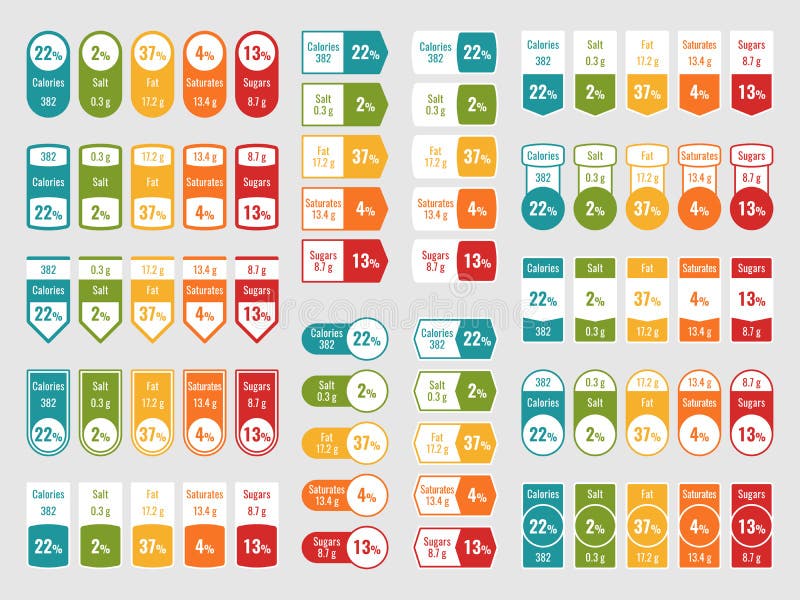
Minerals on food labels
Vitamins and minerals - Food and nutrition | NHS inform 30.04.2020 · Three-quarters of the salt we eat is already in the food we buy, so checking the label and choosing foods that are lower in salt is one of the best ways to cut down. On food labels, there should be a figure for salt per 100g. High is more than 1.5g salt per 100g (or 0.6g sodium) Low is 0.3g salt or less per 100g (or 0.1g sodium) Daily intake Minerals (for Kids) - Nemours KidsHealth But when you think of minerals, food isn't the first thing that comes to mind. Aren't minerals something you find in the earth, like iron and quartz? Well, yes, but small amounts of some minerals are also in foods — for instance, meat is a good source of iron. Like vitamins, minerals help your body grow and stay healthy. The body uses minerals to to many things — from … Food energy - Wikipedia Many governments require food manufacturers to label the energy content of their products, to help consumers control their energy intake. To facilitate evaluation by consumers, food energy values (and other nutritional properties) in package labels or tables are often quoted for convenient amounts of the food, rather than per gram or kilogram; such as in "calories per …
Minerals on food labels. Water, drinks and your health - NHS - National Health Service Checking the nutrition labels on soft drinks such as fruit juices and fizzy drinks can help you make healthier choices. The Eatwell Guide says we should drink 6 to 8 cups or glasses of fluid a day. Water, lower-fat milk and sugar-free drinks, including tea and coffee, all count. Find out more about food labels. Drink plenty of water Food labels - Better Health Channel - Victoria Food labels carry useful information to help you make informed choices about what you and your family eat and drink. Most ... Vitamins and minerals are also listed under food additives. An alphabetical and a numbered food additives list can be found on the FSANZ website. Unpackaged foods and foods in small packages (with a surface area of less than 100cm2) are … Food Labeling: Revision of the Nutrition and Supplement Facts Labels 27.05.2016 · The preamble to the proposed rule discussed, among other things, the frequency at which consumers use food labels and the purposes for which they consulted food labels (id.). The preamble to the proposed rule also noted that consumer research data suggested that, despite widespread use of food labels, certain elements of the Nutrition Facts label “may need … Pet Food Labels - General | FDA Pet owners and veterinary professionals have a right to know what they are feeding their animals. The pet food label contains a wealth of information, if one knows how to read it.
Food energy - Wikipedia Many governments require food manufacturers to label the energy content of their products, to help consumers control their energy intake. To facilitate evaluation by consumers, food energy values (and other nutritional properties) in package labels or tables are often quoted for convenient amounts of the food, rather than per gram or kilogram; such as in "calories per … Minerals (for Kids) - Nemours KidsHealth But when you think of minerals, food isn't the first thing that comes to mind. Aren't minerals something you find in the earth, like iron and quartz? Well, yes, but small amounts of some minerals are also in foods — for instance, meat is a good source of iron. Like vitamins, minerals help your body grow and stay healthy. The body uses minerals to to many things — from … Vitamins and minerals - Food and nutrition | NHS inform 30.04.2020 · Three-quarters of the salt we eat is already in the food we buy, so checking the label and choosing foods that are lower in salt is one of the best ways to cut down. On food labels, there should be a figure for salt per 100g. High is more than 1.5g salt per 100g (or 0.6g sodium) Low is 0.3g salt or less per 100g (or 0.1g sodium) Daily intake
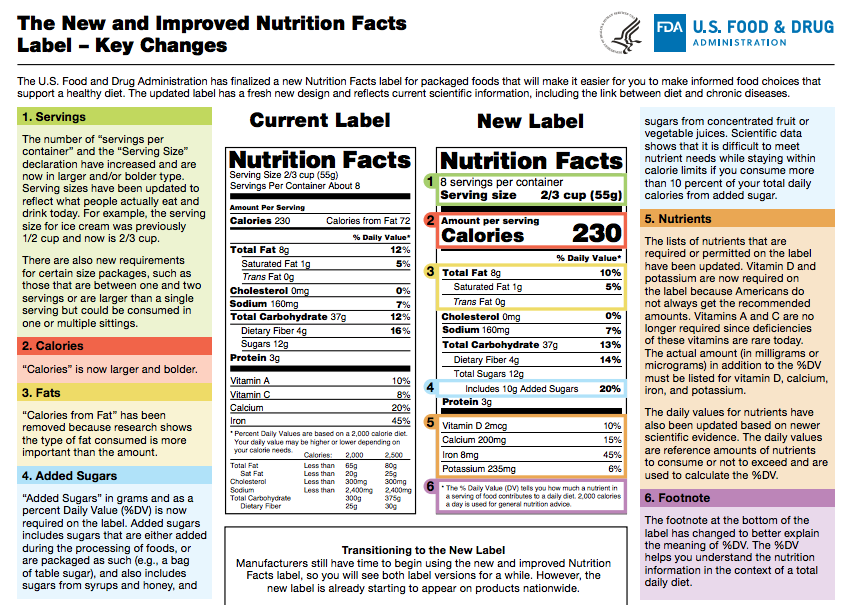

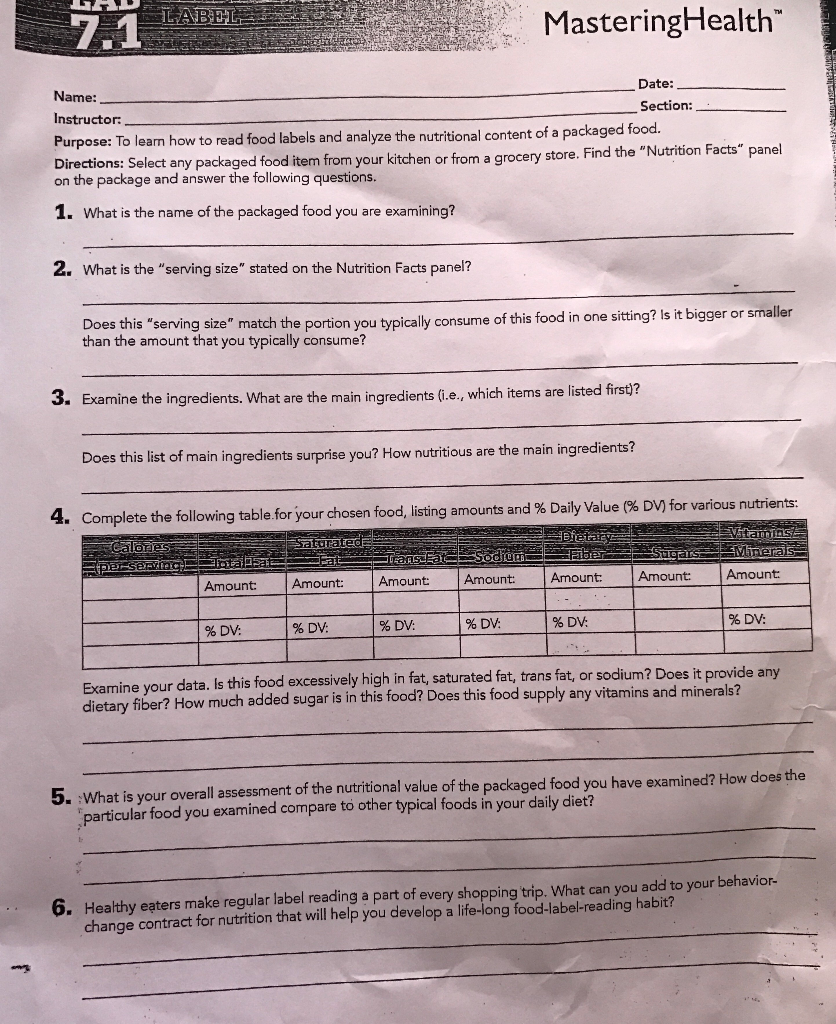

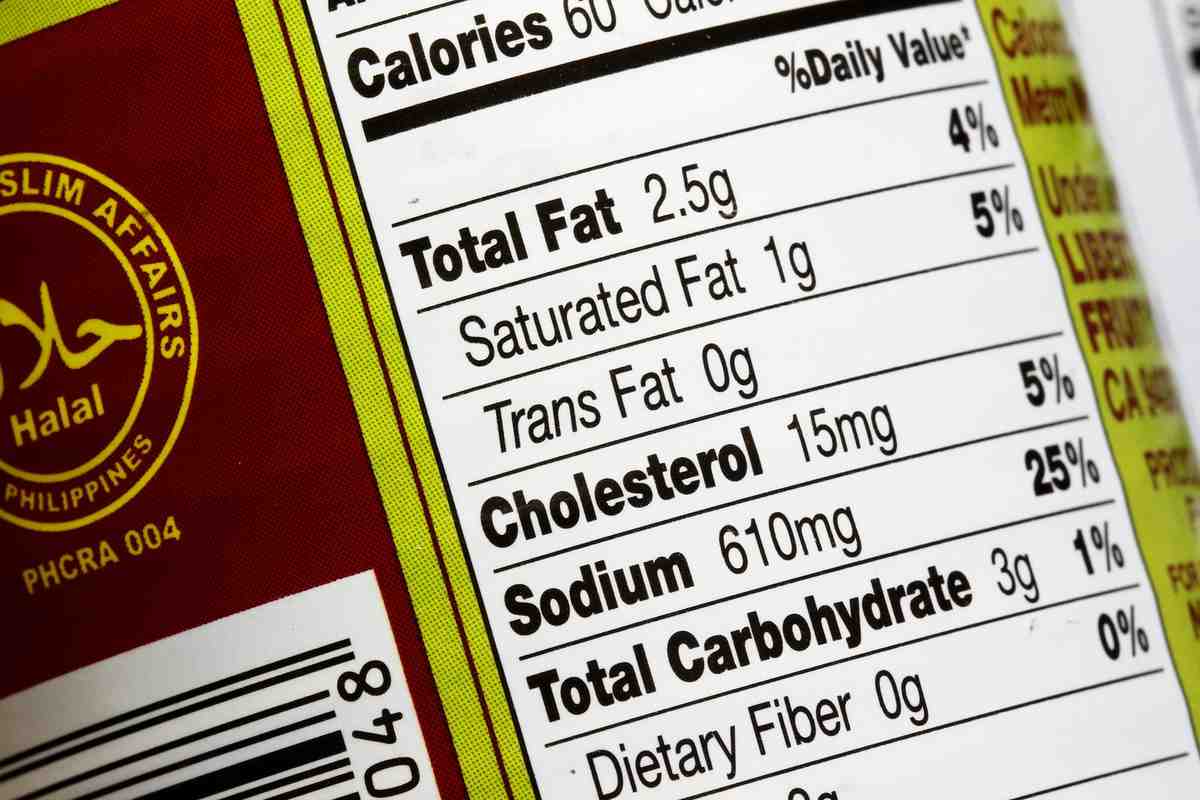


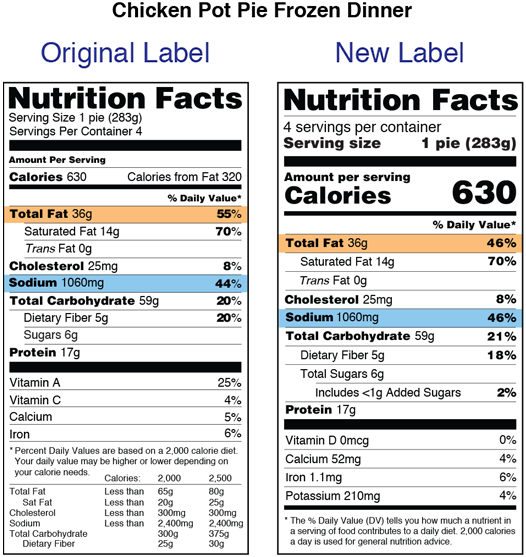



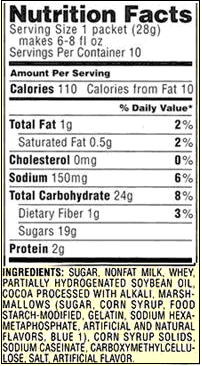


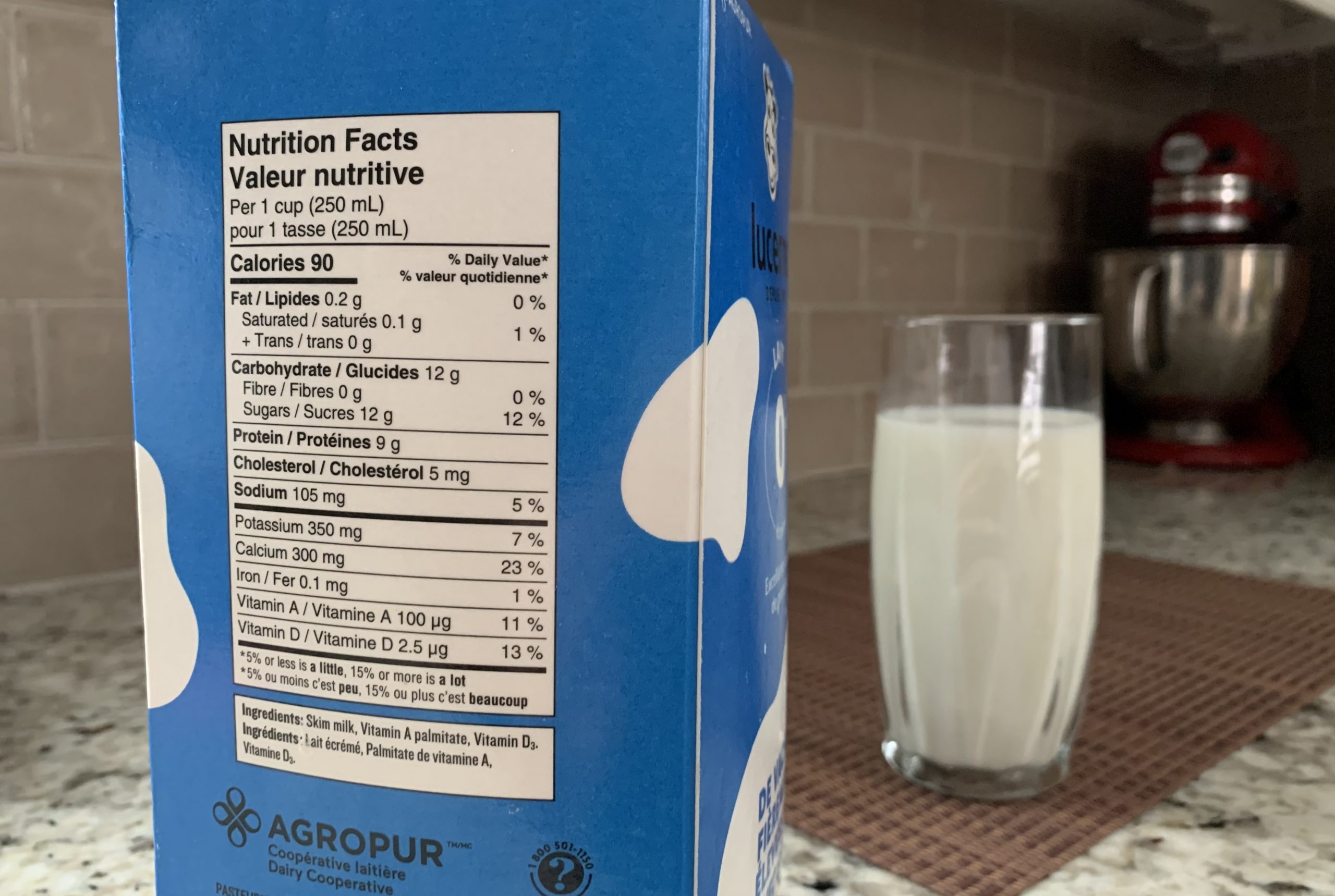
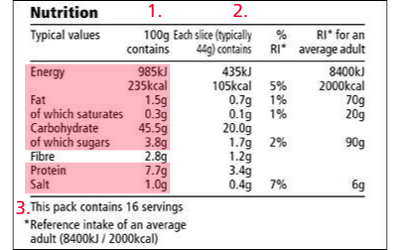
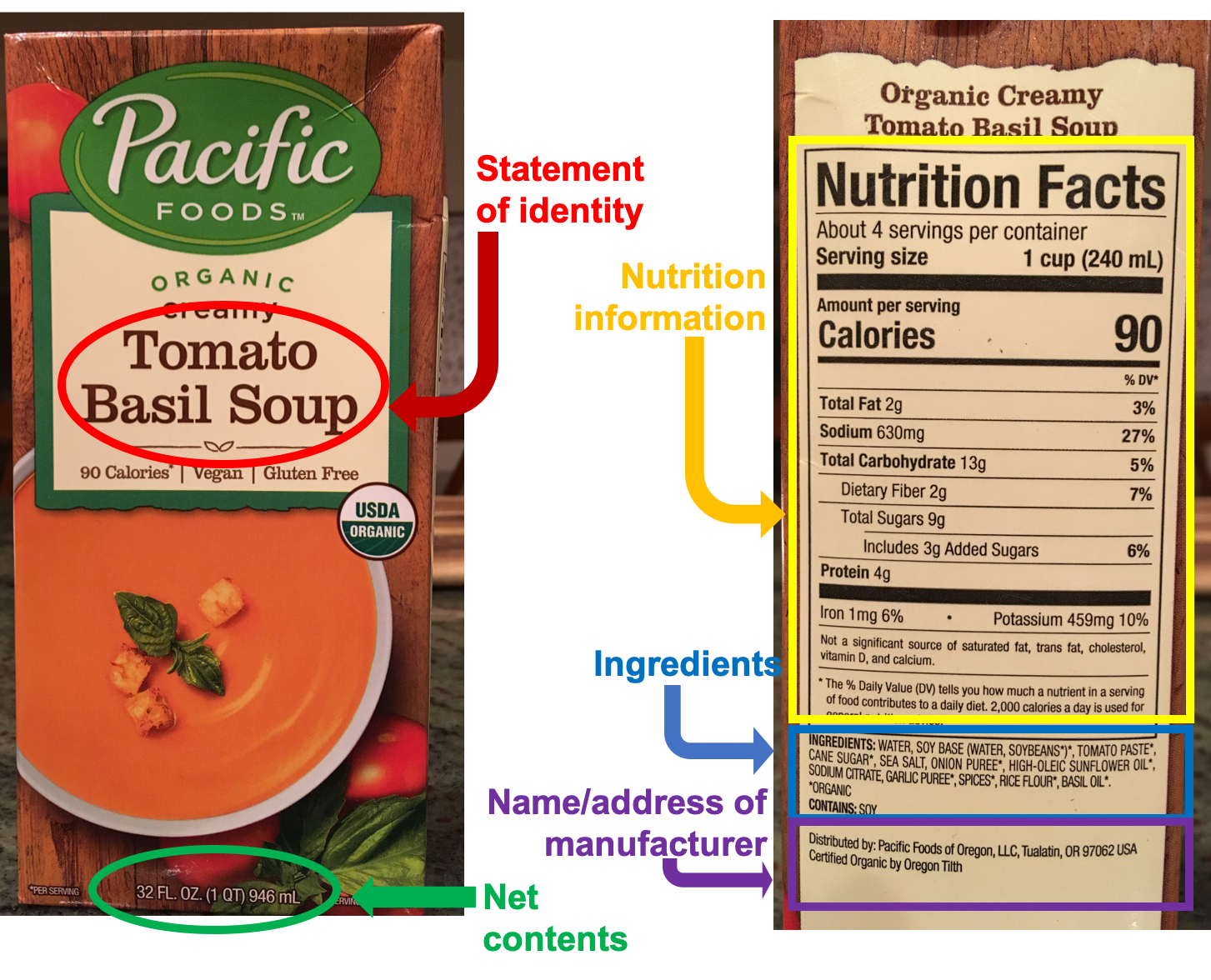
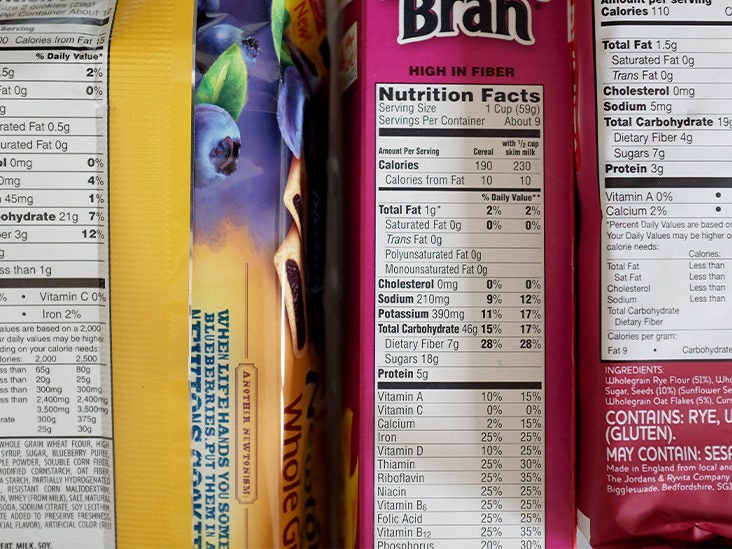
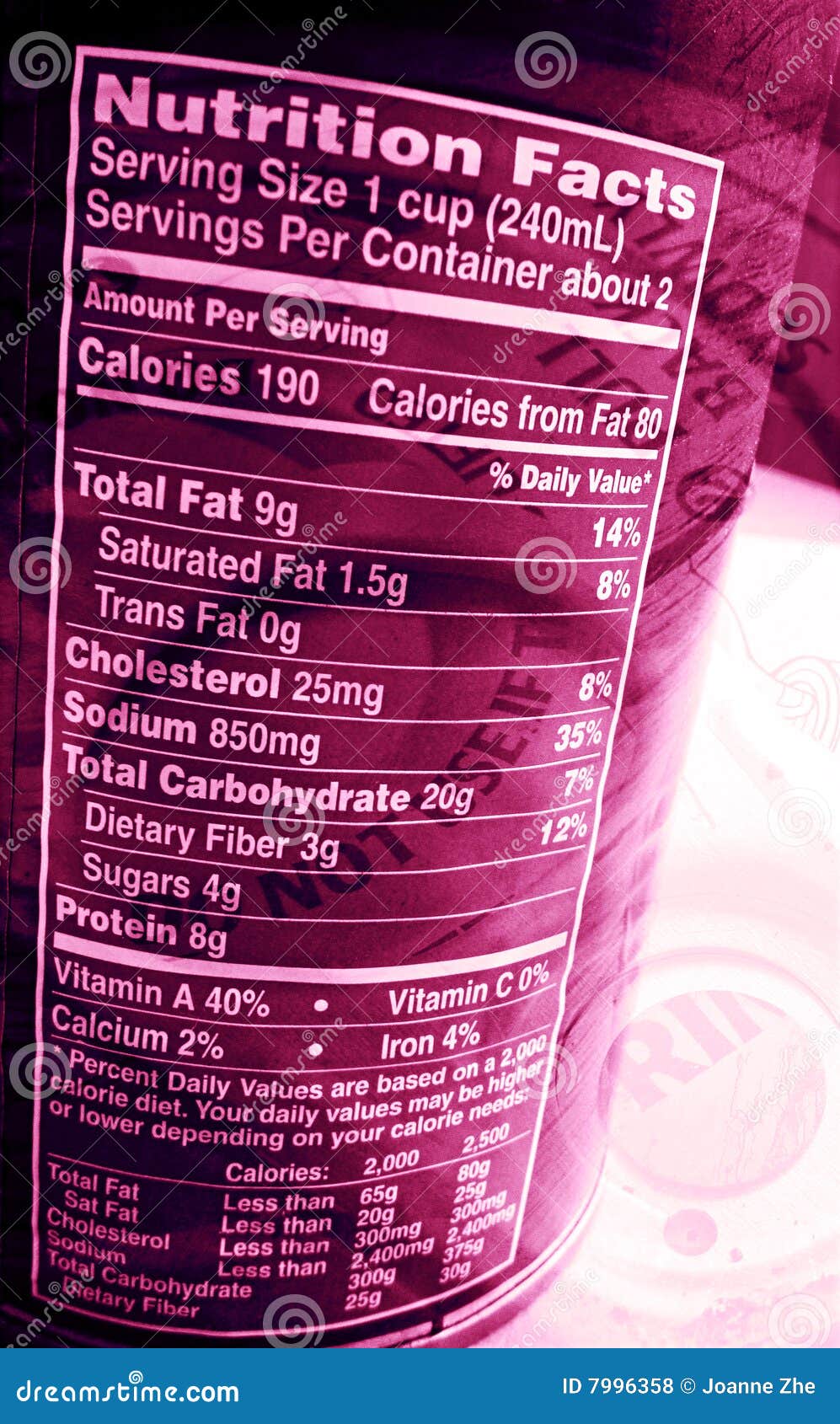
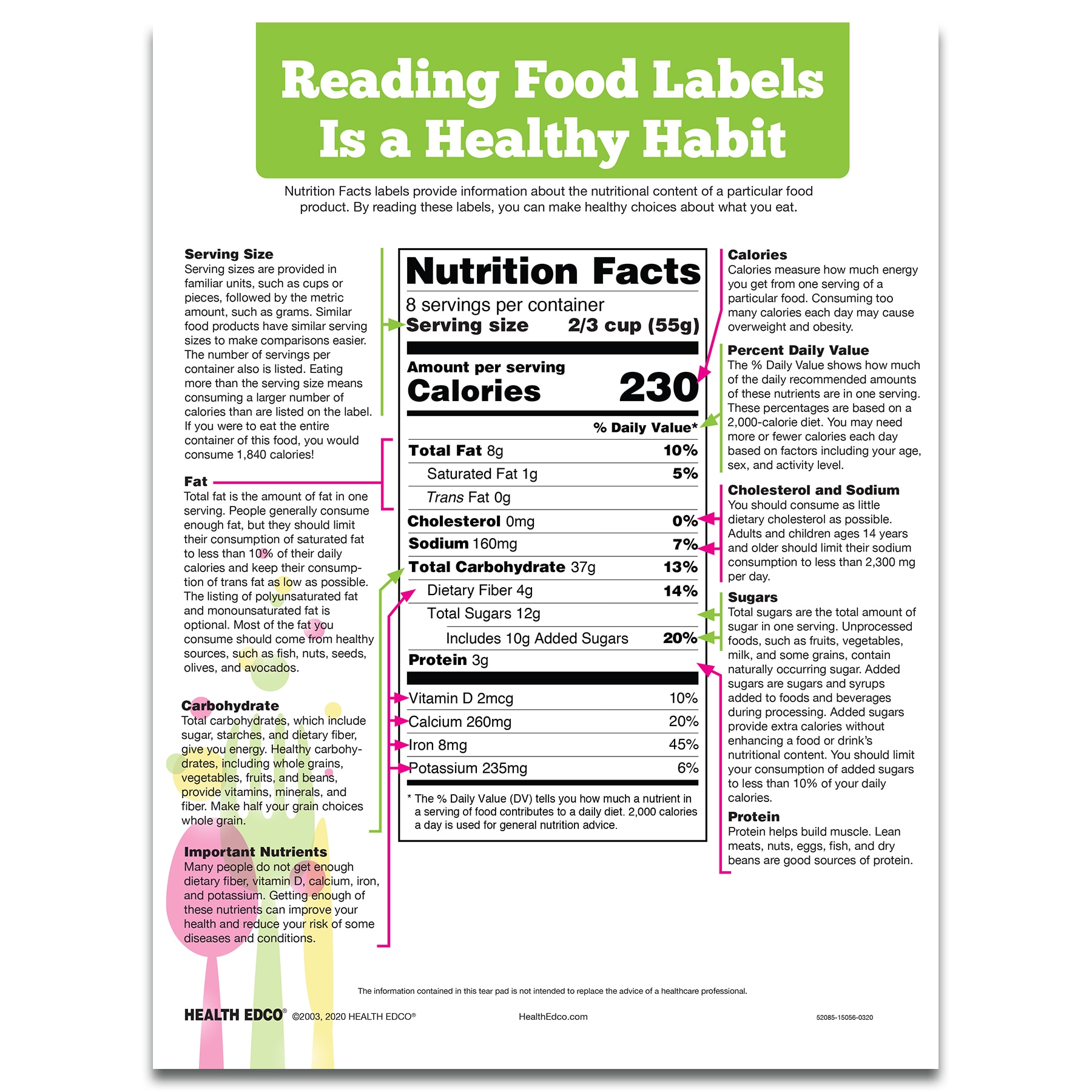




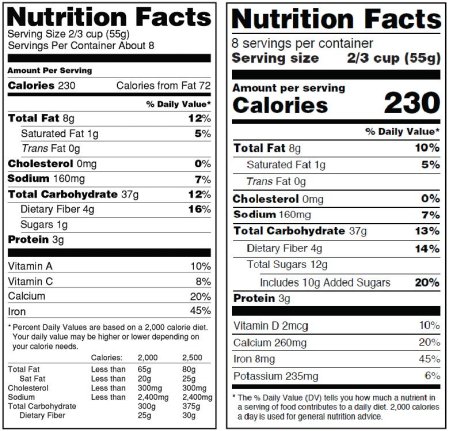
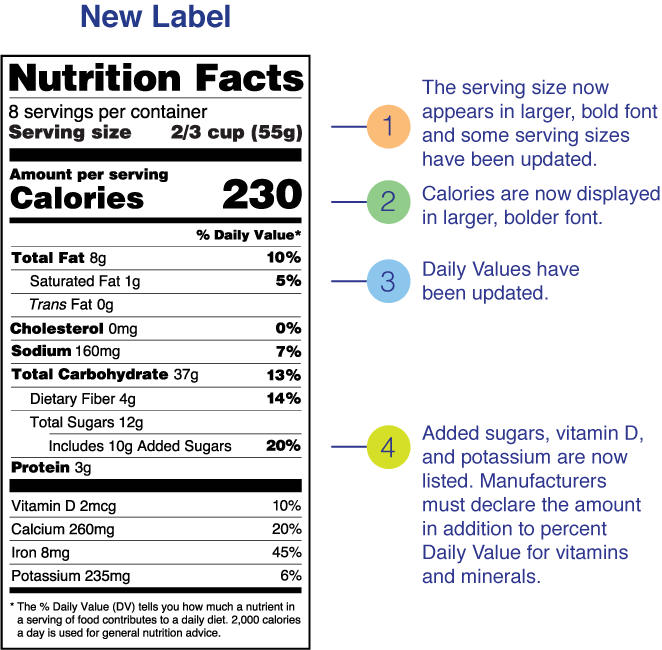
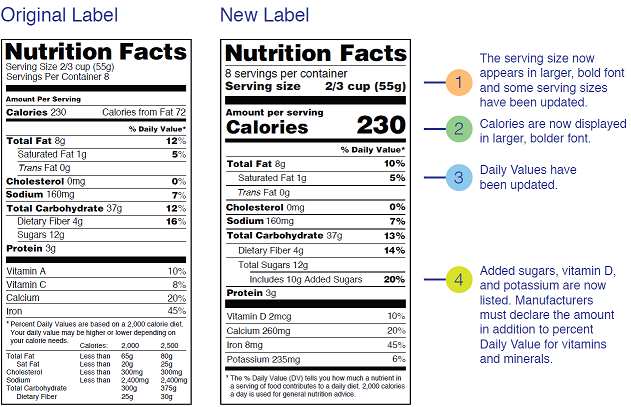

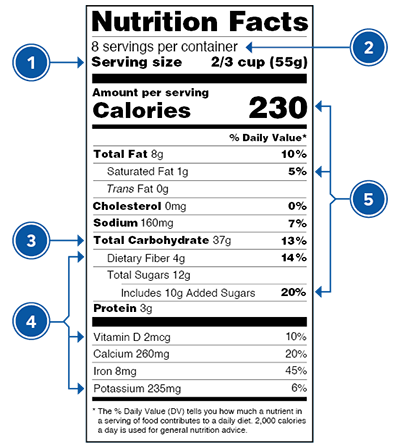

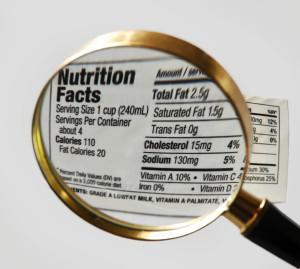
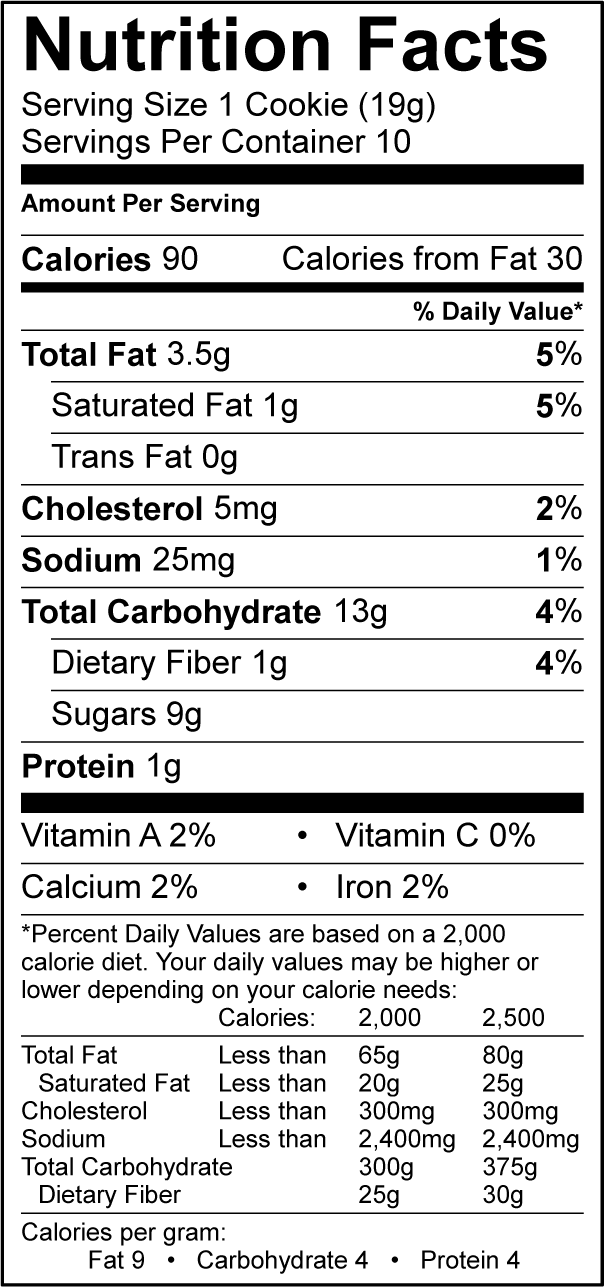


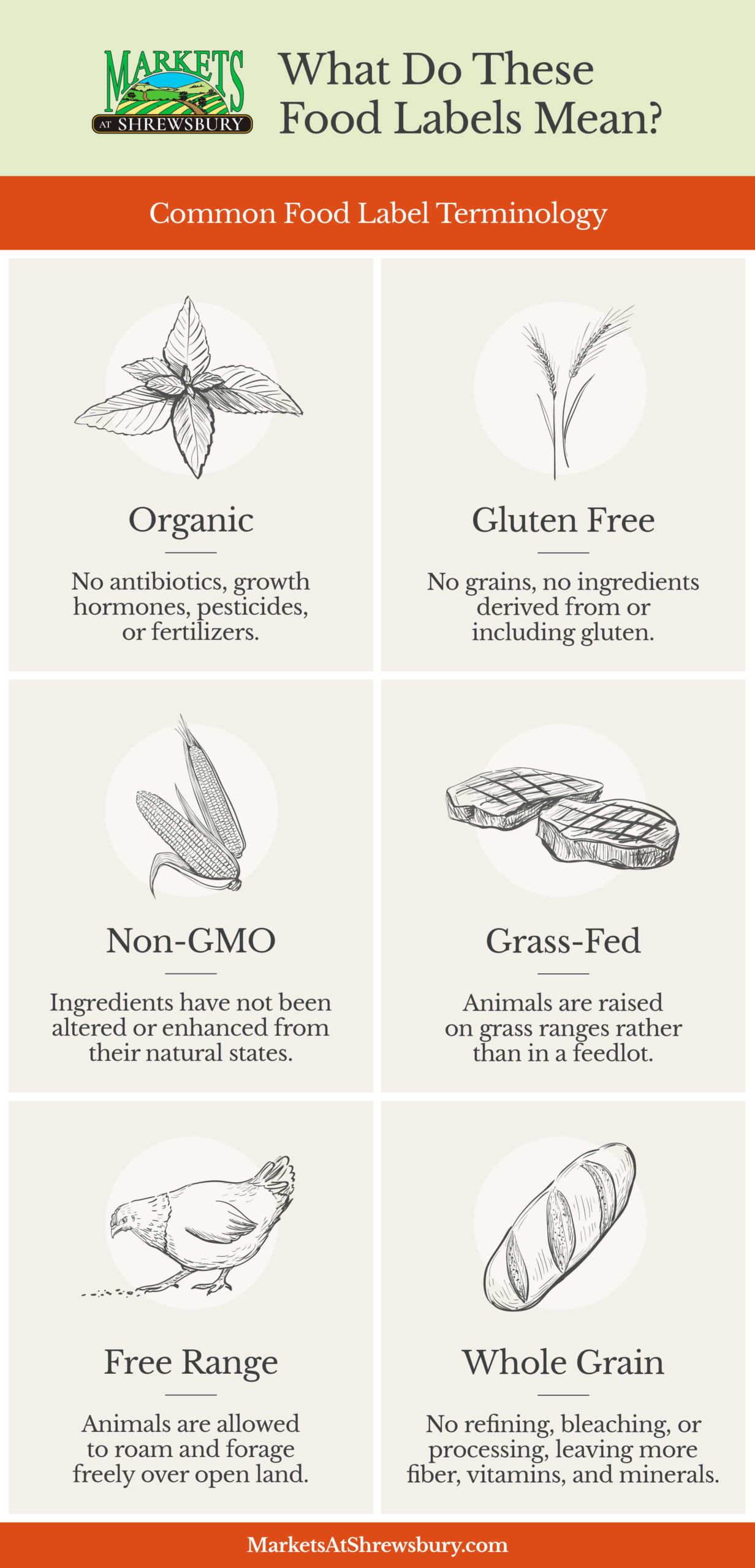
Post a Comment for "40 minerals on food labels"